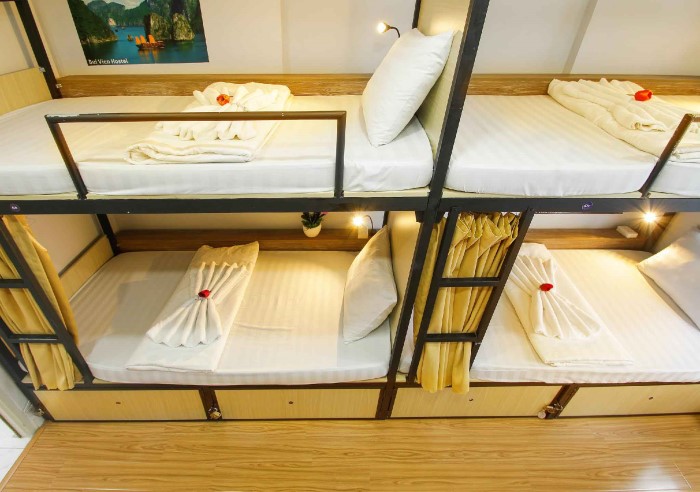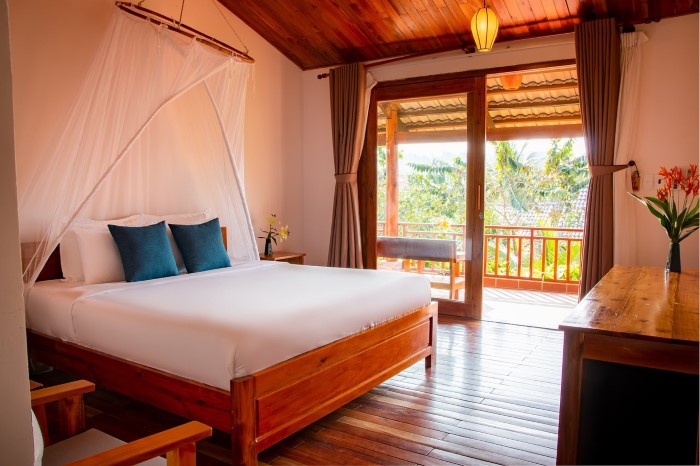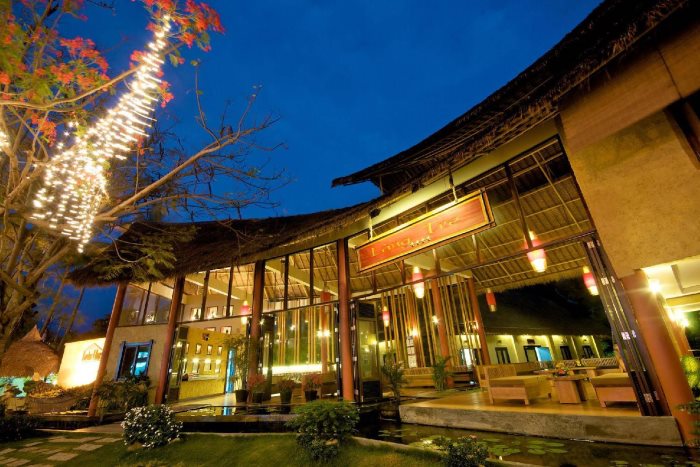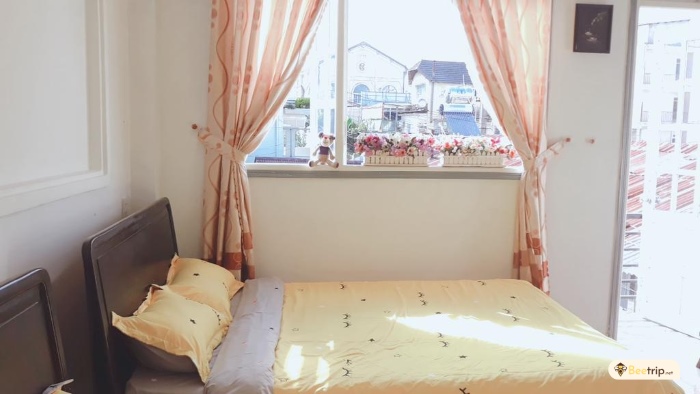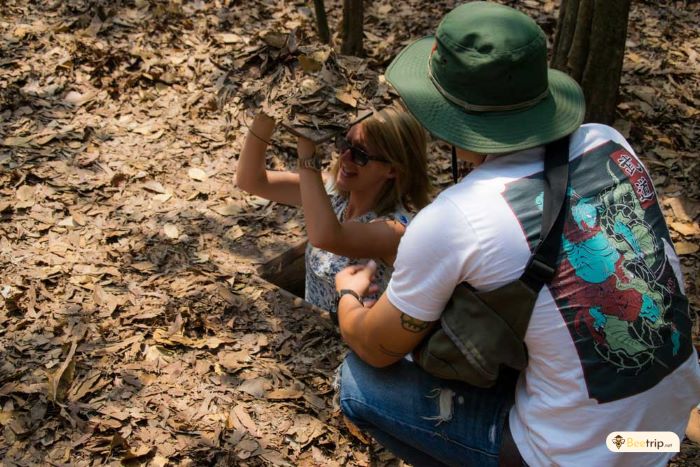
Some Interesting Facts about Cu Chi Tunnels
Cu Chi Tunnels have been being renowned to not only Vietnamese locals, but also tourists. This is one of the 7 most exotic destinations in Southeast Asia. Furthermore, it is also listed as one of the world’s legit places by the New York Time. The tunnels, which are approximately 70km away from Ho Chi Minh City, was built and used as a shelter during the Vietnam War. Cu Chi Tunnels are currently being used as a war remnants museum for tourists to visit.
-
The purpose of the tunnels
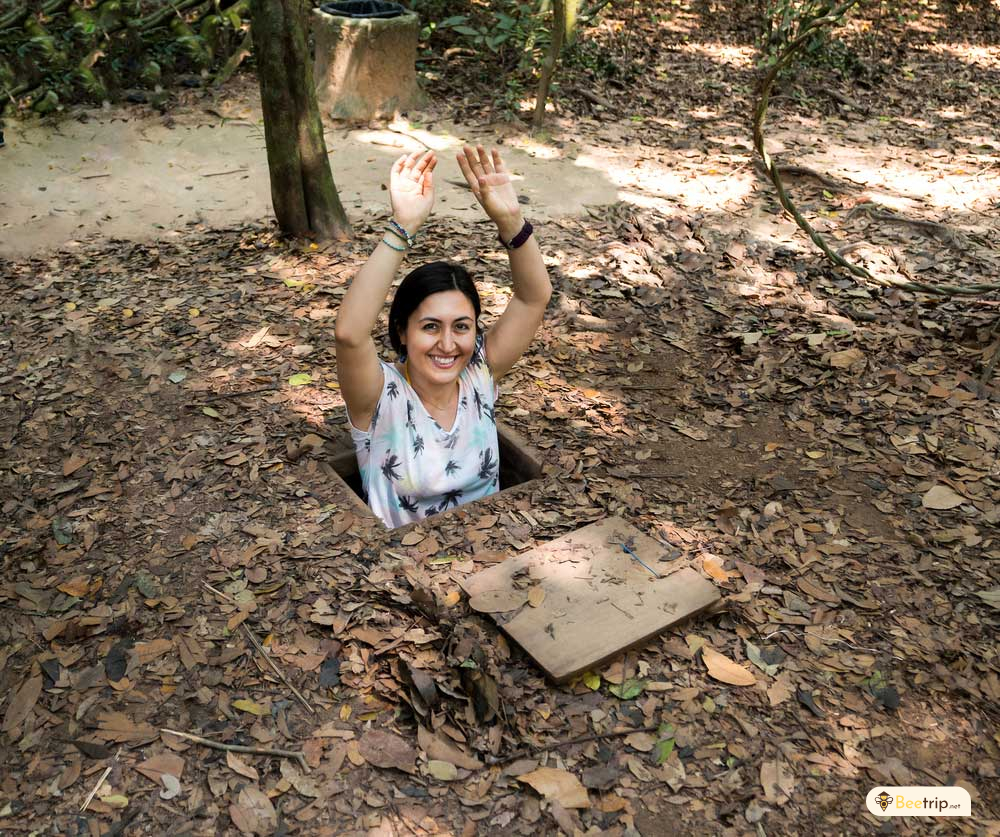
It was originally built during the war between French and Vietnamese (1945 – 1954), Vietnamese soldiers tried to hide under the tunnels, in order to stay away from the enemy. These secret tunnels were deliberately built in many ways. Nonetheless, the main way to build it is using underground construction and there is only one small lid for one person to get in each tunnel. The reason why the lids are very tiny and small is that typical Vietnamese people are slim and skinny so they could get through it easily while the enemies are more muscular and they hardly found and got into it. In fact, the tunnels’ entrances are also covered by plenty of lids and leaves, so it is really difficult for the enemies to find them.
-
The first tunnels of Cu Chi
The first tunnels were built in 1948 and divided into two different communes: Tan Phu Trung and Phuoc Vinh An. In the beginning, there were merely a few short sections of ordinary structure which were used to cover documents and weapons. Between 1961 and 1965, the guerrilla warfare of the people in Cu Chi caused great losses to the enemy, this helped to defeat the “special war” strategy of the United States by “using Vietnamese to fight against Vietnamese”. Moreover, there are six communes in Northern Cu Chi district, which are used to complete the “backbone” tunnel to generate the continuous system.
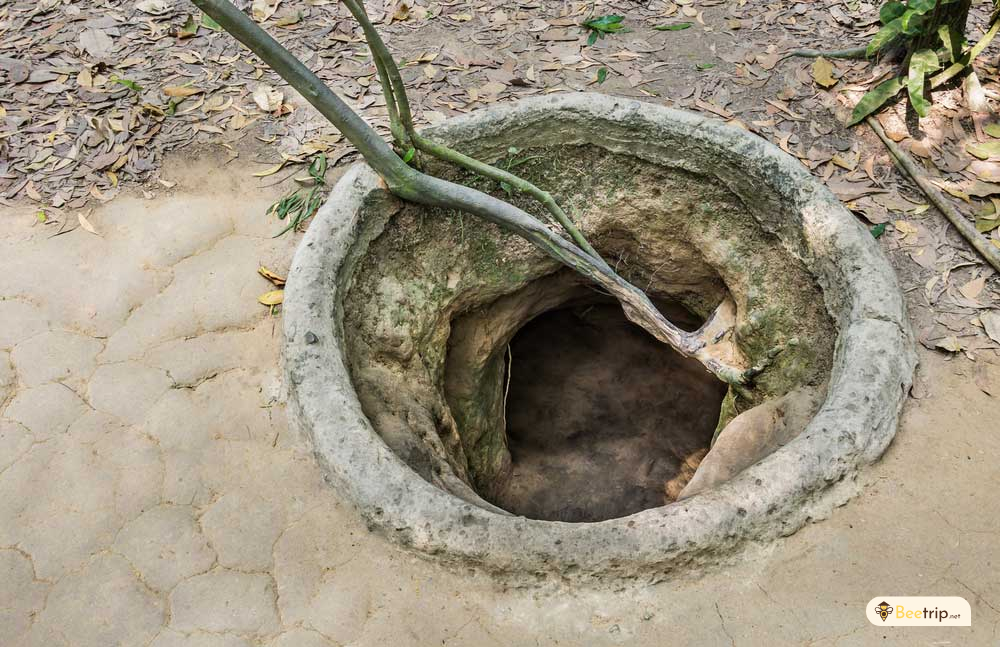
During the period of the anti-imperialist invasion of Vietnam, Cu Chi tunnels were mostly active in the early of 1966. In 1967, by the time of the American invasion of Cedar Falls, the tunnels had reached to the length of about 250km.
Nowadays, the complex multi-layered tunnels still remain the same with the hidden hatches and tunnels, connecting underground passage and basements.
-
The structure of Cu Chi Tunnels
The system of the tunnels has different locations and specially closed gates which are used to stop the enemy and toxic gas. All of the tunnels have many discreet vents to the ground and are very secretly camouflaged.
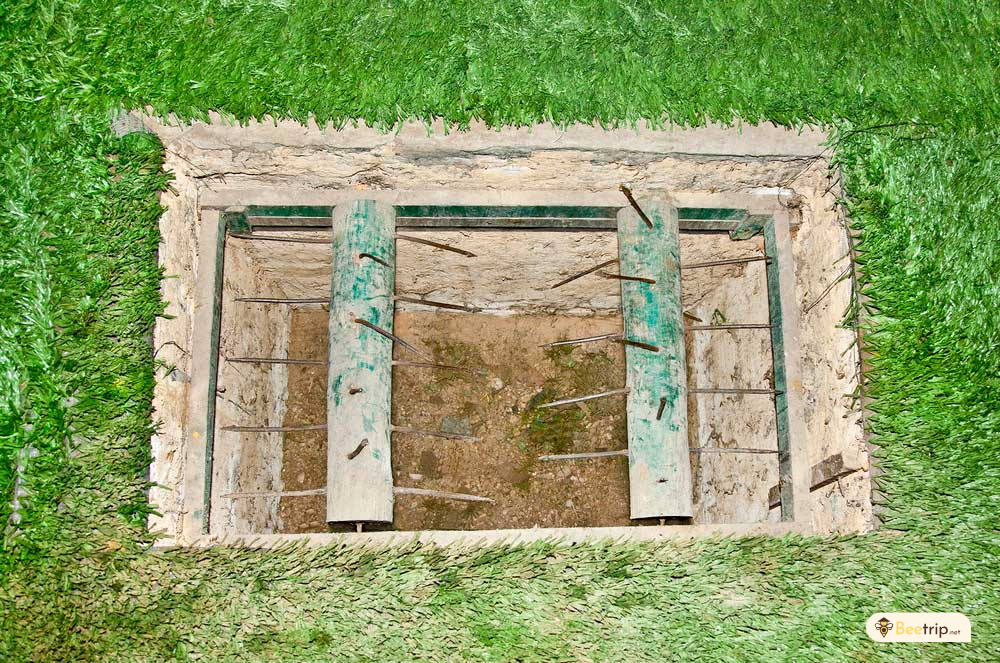
The anti-infantry system was densely interwoven at the entrances to make sure they are all safe. During the war, it could host even an army or be full of the village’s residents, which helped the Vietnamese protect their lives.
The tunnels were not only used for combat and conflict, but they also hosted the factory numerous workers providing weapons, as well as war equipment. It contained stockpiles of firearms, ammunition, and explosives of all kinds, food and materials, battlefield facilities, smoke-free kitchens (Hoang Cam kitchen), hospitals for the wounded, and bedrooms and shelters for women, children and the elderly. It can even be seen as a little city underground, not just a village.
Have a 6-hour tour to Cu Chi Tunnel with Beetrip
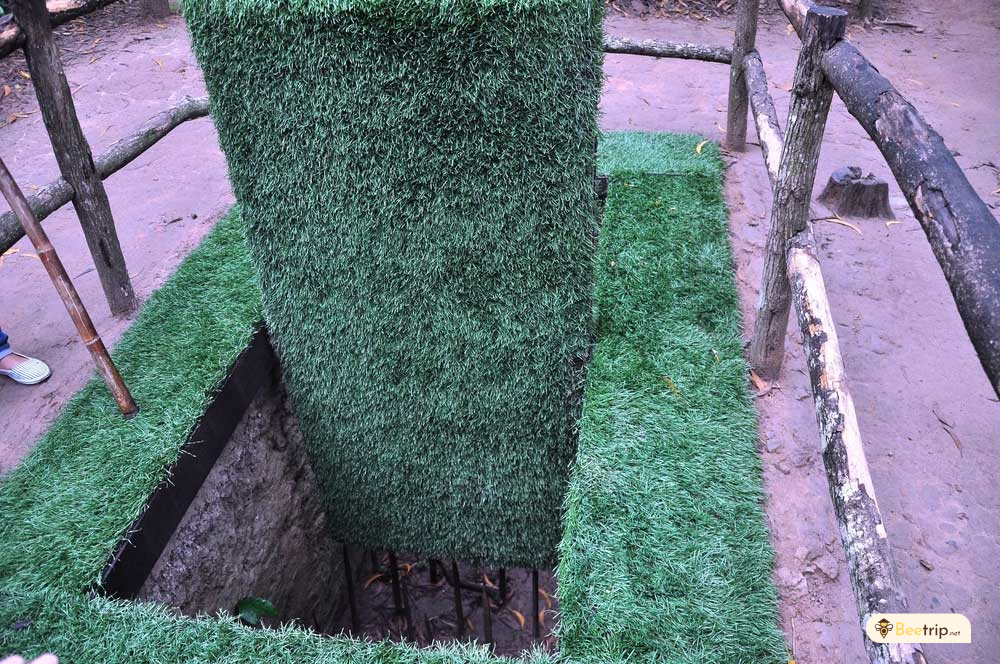
-
Address
At the moment, Cu Chi Tunnels are well-preserved in two places which are:
– Ben Duoc Tunnels (The base of Party Committee, Military Command of Sai Gon – Cho Lon – Gia Dinh Military Region) in Phu Hiep Hamlet, Phu My Hung Commune, Cu Chi District
– Ben Dinh Tunnels (The based of Cu Chi District Party Committee) at Ben Dinh Village, Nhuan Duc Commune, Cu Chi District, Ho Chi Minh City.
Posted by Thuan | Wed, Sep 06, 2023

